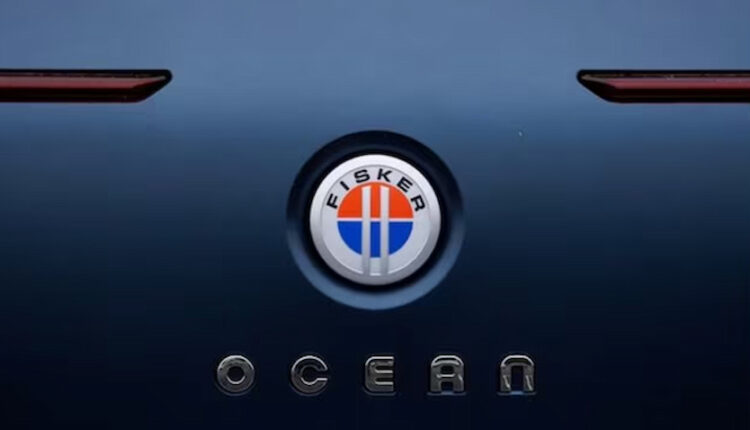After years of production issues and struggles to reach sales goals, electric vehicle startup Fisker has officially filed for Chapter 11 bankruptcy protection, marking the end of the road for the troubled automaker. A comprehensive timeline of events shows the many challenges Fisker faced on its journey to developing and releasing its first vehicle, the Ocean SUV.
Some key issues that plagued Fisker included multiple cuts to production targets as it consistently failed to meet internal sales goals. Customers also reported over 100 separate power loss incidents with the Ocean in its early months, in addition to sudden braking failures – issues that prompted several investigations by federal safety regulators. As financial pressures mounted with a growing backlog of customer vehicles and suppliers left unpaid, Fisker was forced to institute rounds of layoffs that culled over 80% of its workforce throughout 2023-2024.
Attempts to raise new capital or bring in a partner to inject funds also fell through, with a major deal with Nissan terminating abruptly earlier this year. With dwindling cash reserves of just $121 million by March 2024 and over $180 million owed to vendors, Fisker had no choice but to pause Ocean production while scrambling for a bailout. However, no white knight emerged, leading to the automaker’s bankruptcy filing last month as it now prepares to sell assets to repay debts.


